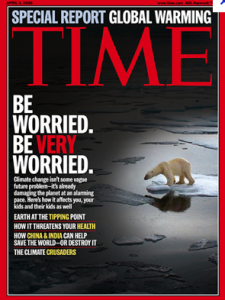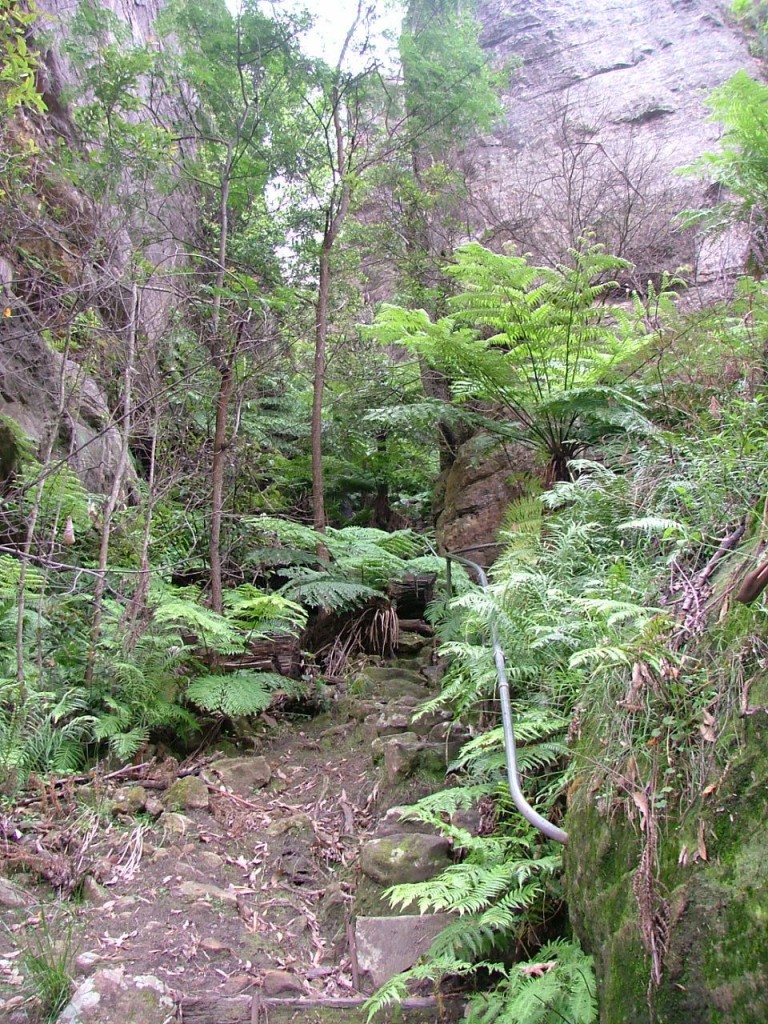ON Friday, the leader of the Australian Greens, Senator Bob Brown, announced he was stepping down and also retiring from Australian federal politics.
Miranda Devine has a piece in today’s Herald Sun that begins:
“THE intergalactic phones still didn’t ring on Friday after the earth-shattering news that Greens Leader Bob Brown had resigned.
Was that nutty speech to his ‘Fellow Earthians’ in Hobart last month a sign that he was on his way out the door?
Was it a final mad explosion of pent-up hubris that had him calling for a one-world government, an ‘all-of-the-Earth representative democracy’?
It was certainly time to go, Brown told a press conference on Friday, flanked by his successor, Christine Milne, and his handsome, bearded partner Paul Thomas.
People had taken to stopping him in Hobart’s Salamanca Place to say, ‘Thank God for the Greens’.
With a desperate Labor minority government belatedly turning on its Greens partners, and the Greens vote going backwards in state elections, Brown, 67, had passed the zenith of his career.
Best to get out while the going is good, with his legacy intact and before anyone notices the decline of the party he has led as a senator of 16 years.
As usual, a woman is left to clean up after the party, formidable and not to be underestimated though Christine Milne is.
In her first comments at Brown’s farewell press conference, Milne, 58, made a pitch to rural and regional voters, claiming “the Greens and the bush” simply misunderstood each other.
‘I’m going out there as a country person to say to other country people it is time that the Greens and country people worked together.’
Good luck with that, considering greenies are the chief cause of grief to the bush.
Let us count the ways. Forestry towns destroyed by irrational green tree worship. Uncontrollable bushfires caused, not by global warming, but by green opposition to hazard reduction.
National parks left to feral animals that rampage though neighbouring farms. Dams never built thanks to greenie protests. Wind turbines plonked all over bucolic hillsides. A live cattle industry brought to its knees…
Read the entire article here: http://www.heraldsun.com.au/opinion/greens-country-girl-christine-milne-is-no-friend-of-the-bush/story-e6frfhqf-1226326602622
I’ve written many blog posts cranky with Mr Brown for being such a hypocrite and for so often telling made-up stories and trying to pass them off as ‘saving the environment’. Remember my blog post of June 2009 ‘The Already Bankrupt Brown Green’ about the pristine forest that was once a thriving timber town known as Wielangata…
Read more here: https://jennifermarohasy.com.dev.internet-thinking.com.au/2009/06/the-already-bankrupt-brown-green/



 Jennifer Marohasy BSc PhD has worked in industry and government. She is currently researching a novel technique for long-range weather forecasting funded by the B. Macfie Family Foundation.
Jennifer Marohasy BSc PhD has worked in industry and government. She is currently researching a novel technique for long-range weather forecasting funded by the B. Macfie Family Foundation.